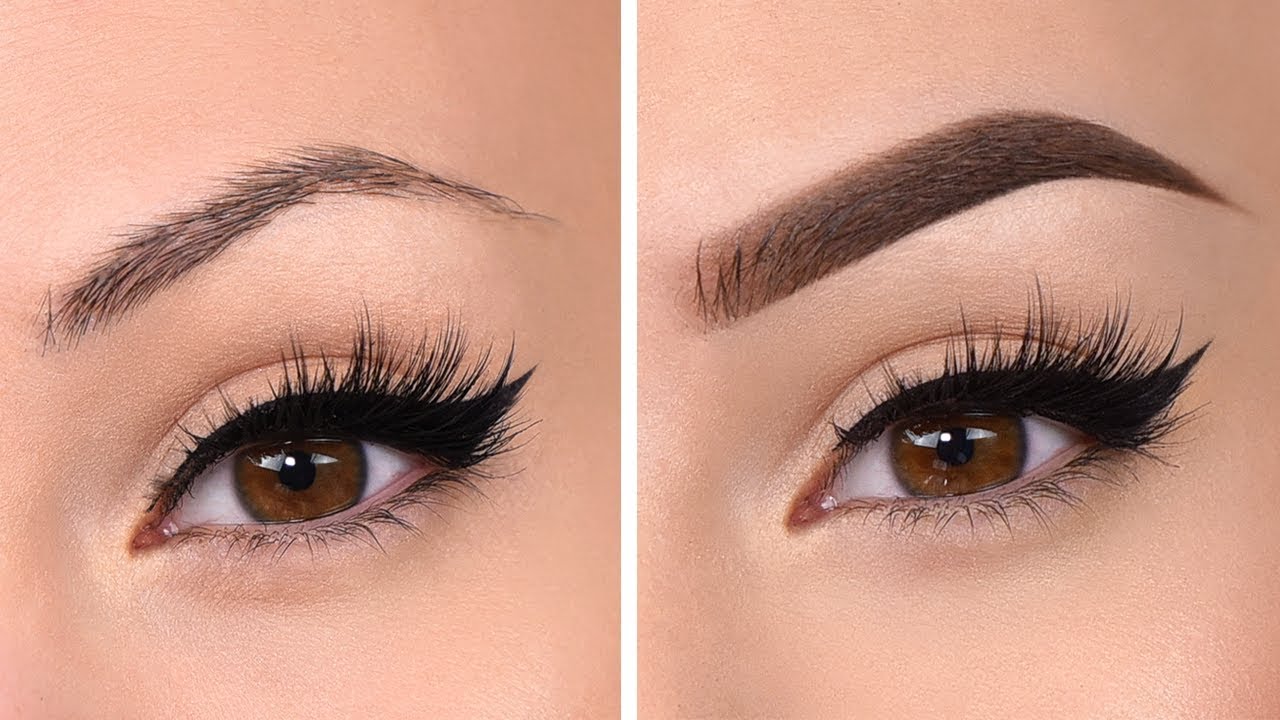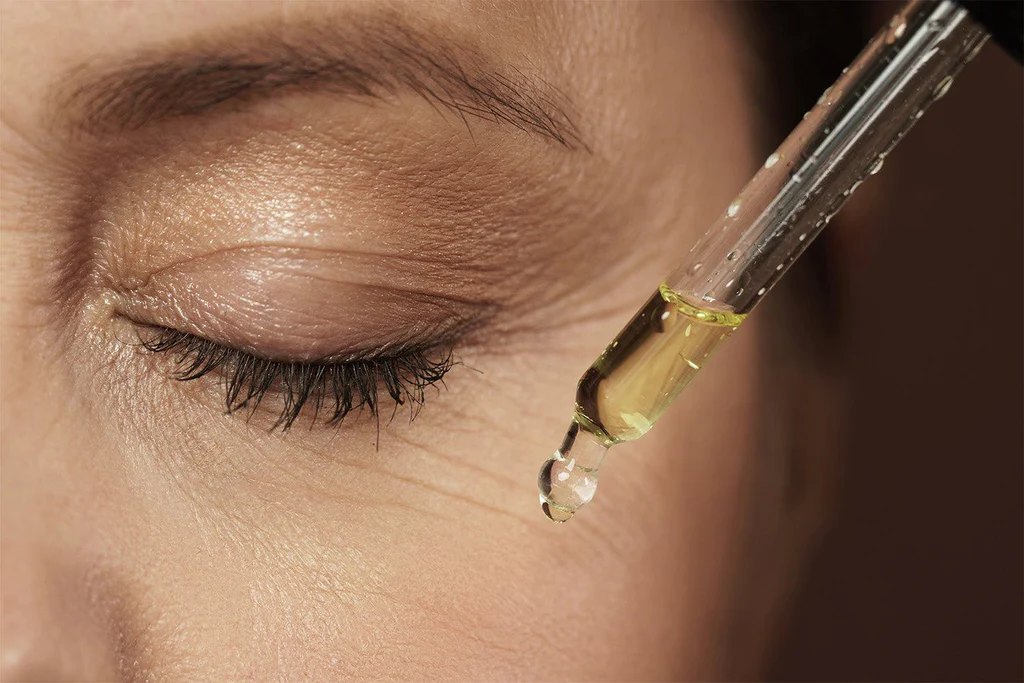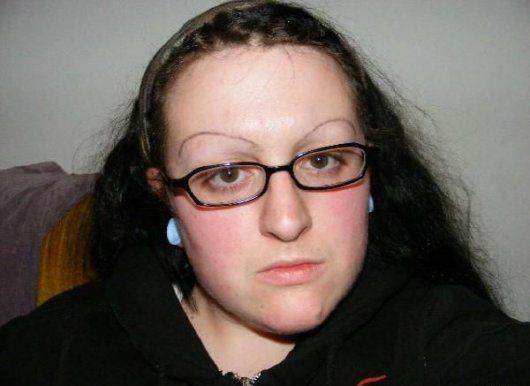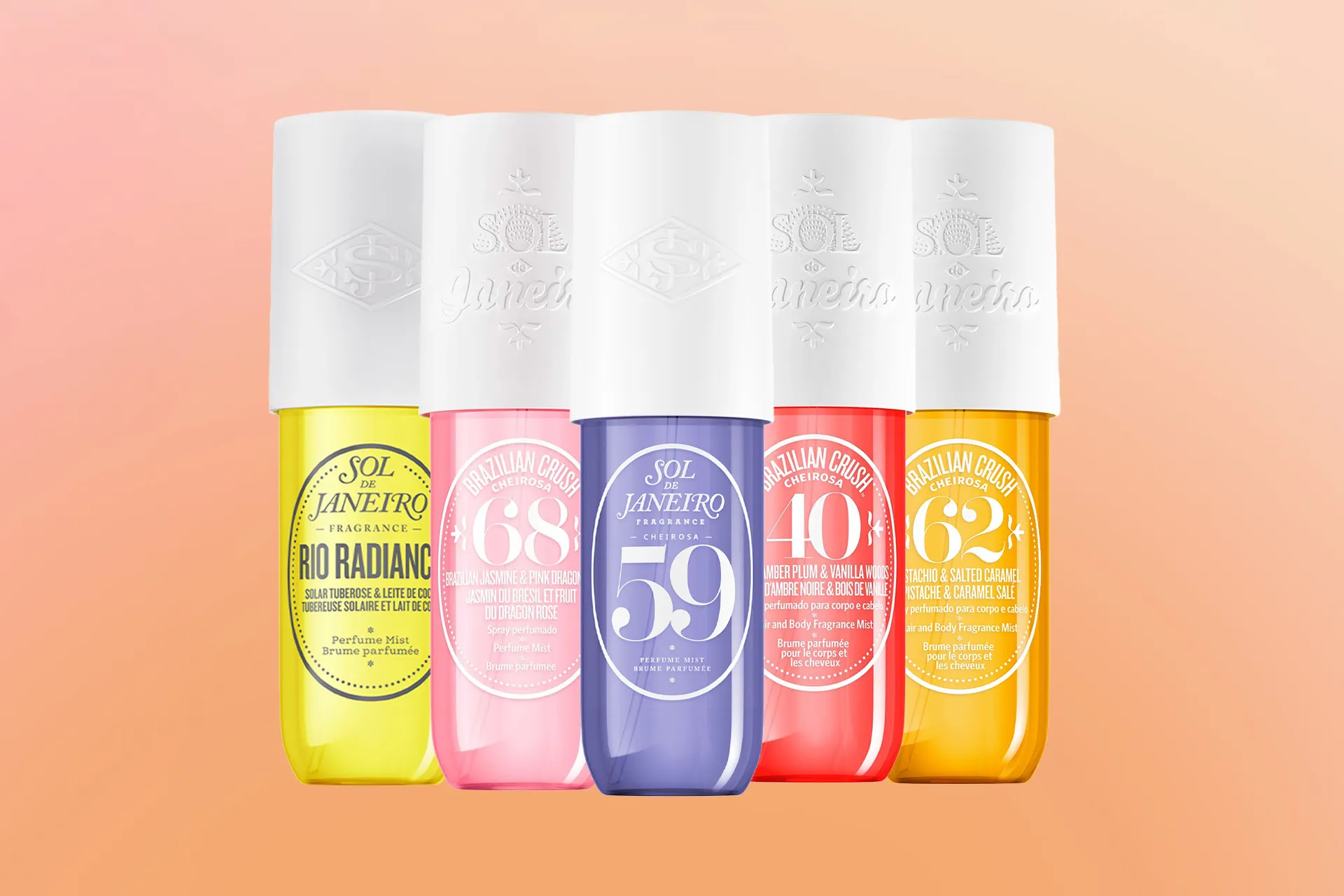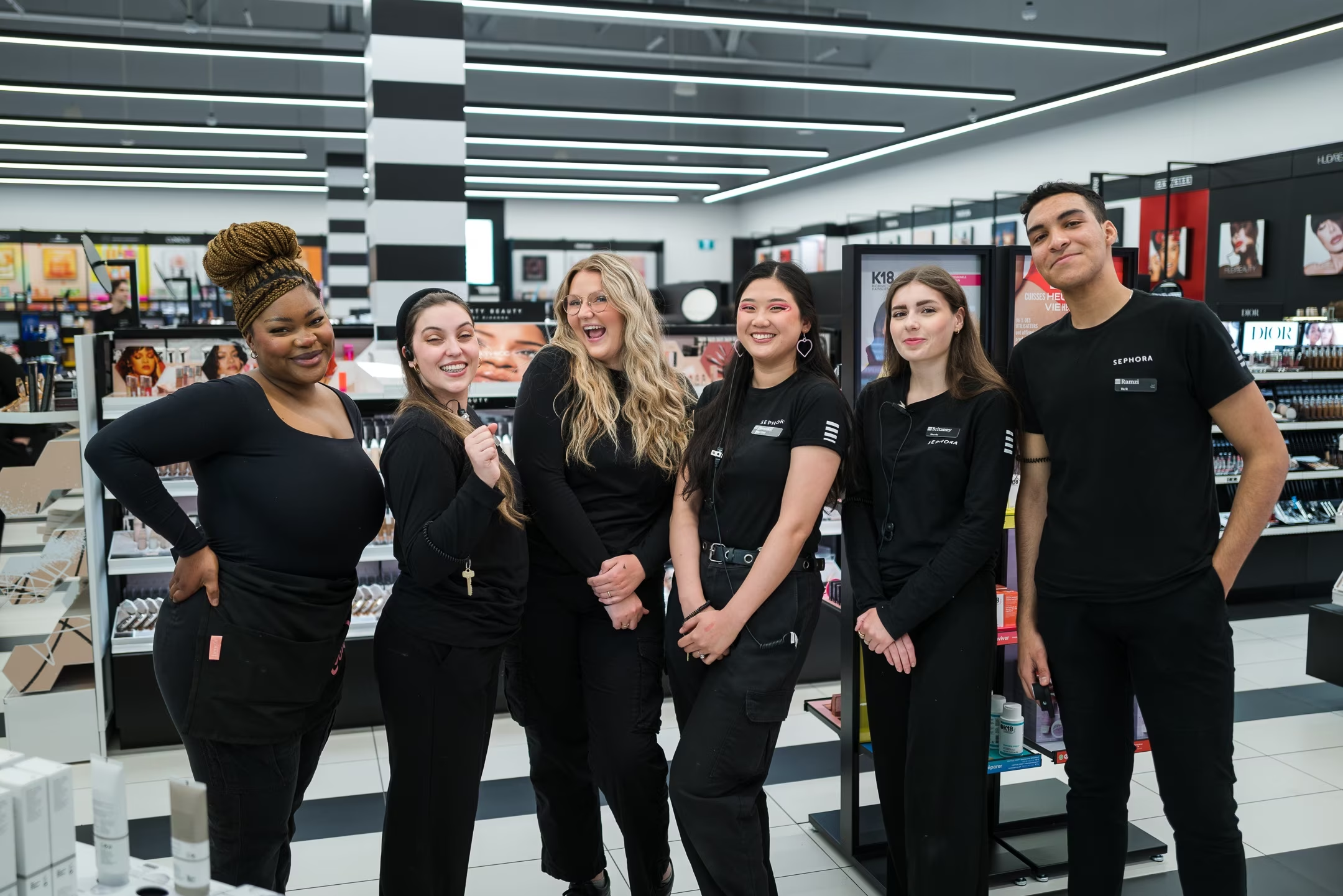
 By
Your Beauty Plug
By
Your Beauty Plug
Threading is a hair removal technique that has been practiced for centuries in the Middle East and Asia. It involves using a thin cotton thread to twist and pull out unwanted hairs from the root. Threading is most commonly used for shaping the eyebrows, but it can also be done on other parts of the face, such as the upper lip, chin, sideburns, and cheeks. Threading is a natural, precise, and gentle way to get rid of unwanted facial hair. In this blog post, we will answer some of the most frequently asked questions about threading and explain its benefits and drawbacks.
What are the benefits of threading?
Threading has many advantages over other hair removal methods, such as waxing, plucking, or shaving. Some of the benefits of threading are:
What are the drawbacks of threading?
Threading is not a perfect hair removal method. It has some limitations and disadvantages that you should be aware of before trying it. Some of the drawbacks of threading are:
FAQs about threading
Here are some of the most common questions that people have about threading and their answers:

